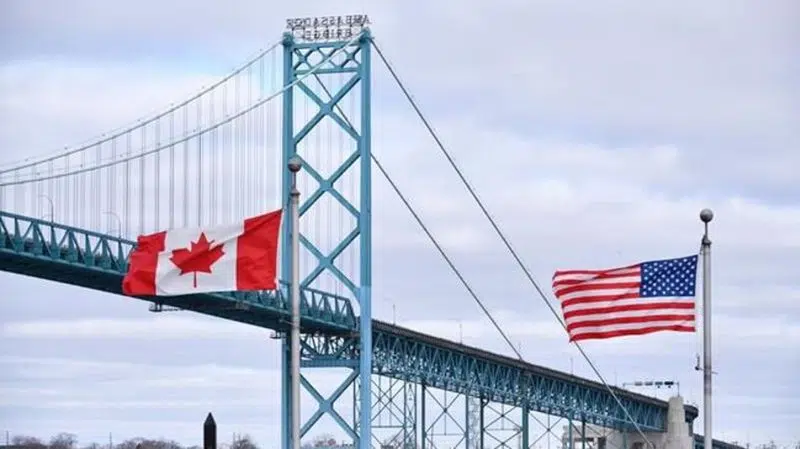
‘It’s like ghost towns:’ Canada’s border communities adapt to COVID-19 changes
When the mayor of a village in southern Alberta stares across the border, he sees family and friends who just happen to call Montana home.
The port of entry between Coutts, Alta., and Sweet Grass, Mont., is one of the busiest on the Canada-United States border, an important crossing on a trade route starting in Mexico.
“We are basically twin communities,” says Jim Willett. “The people of the two communities grew up on both sides of the border.”
In similar communities across the country, the relationship with their American neighbours drastically changed when the border closed to most travellers last month to help fight the spread of COVID-19. It’s the first such closure since Confederation in 1867.


